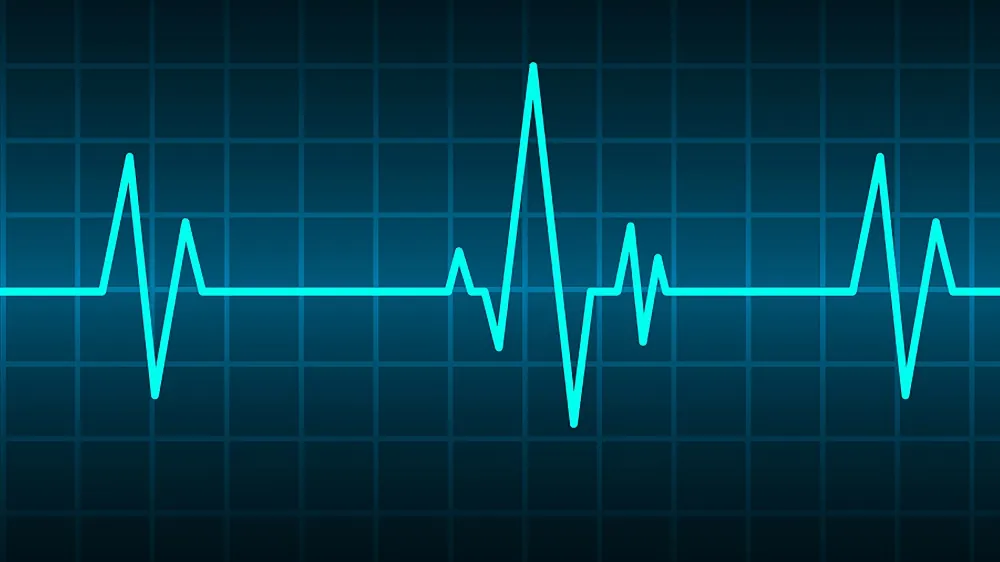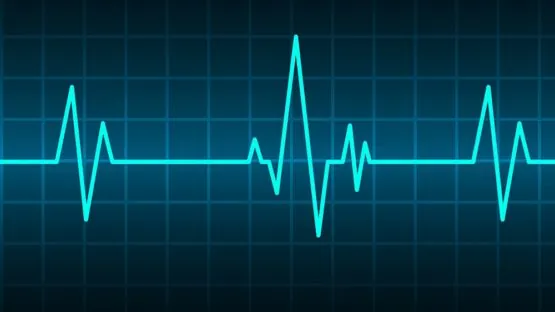In a recent article in Nature, researchers have restored cardiac regeneration to adult mice by disabling fatty acid oxidation, discovering a potential pathway for human treatments.
A question of metabolism
As heart muscle cells (myocytes) mature, they make a metabolic switch from glycolysis to the oxidation of fatty acids. Previous research has found that this switch is connected to chromatin reconfiguration and a lack of proliferation [1], which therefore leads to the inability of the heart to self-repair.
As previous research has suggested that reversing this metabolic switch might also lead to a a restoration of repair ability [2], this research team investigated its effects in living adult mice, including its effects on αKG, which plays a crucial role in metabolism and heart development [3].
What happens when they don’t switch
RNA sequencing analysis has found that the metabolic switch in heart cells begins to happen to mice within the very first week after birth. This was found to be in accordance with previous work showing a relationship between fatty acid oxidation and the end of proliferation [4].
One specific gene, Cpt1b, was found to be a large part of this change. Therefore, the researchers created a population of mice without this gene and compared them to a control group. At 10 weeks of age, the Cpt1b-deficient mice had hearts that were twice as large and far higher numbers of cells showing proliferation markers and less biological maturity.
These mice did not show the typical symptoms of an enlarged heart. There was no cardiac dysfunction nor myocardial fibrosis measured in the transgenic mice.
Interestingly, both glycolysis and fatty acid oxidation led to no significant differences in reactive oxygen species. However, the transgenic mice had significantly reduced DNA damage markers in the heart. αKG was greatly increased, and the biological immaturity was pinpointed as being linked to histone methylation, specifically H3K4me3.
The potential to switch back
These researchers created another strain of transgenic mice: this time, mice whose Cpt1b could be turned off by administering tamoxifen. Doing so led to similar behavior as in the mice whose Cpt1b was completely knocked out from the start, showing that reversal to a proliferative state is possible in these cells.
Both types of mice, as well as a control group, were subjected to an ischemic reperfusion injury, which mimics a heart attack in a human being. Both transgenic groups had significant less fibrosis and less scarring than the control group.
Critically, this regeneration could even be accomplished by administering tamoxifen to the relevant group of mice three days after the injury had happened; within a month after the injury, these mice were pumping just as much blood from their left ventricles as they had before the injury. Meanwhile, the control mice had lost half of their left ventricle ejection fraction at that time. This offers significant hope for people whose hearts have sustained lasting damage from heart attacks.
Further experimentation found that inducing cells to produce more αKG resulted in a similar phenotype. Digging into the biology, they found that one of the Kdm5 genes, most likely Kdm5b, was directly responsible for these effects, as inhibiting them prevented the effects of αKG from occurring.
This provides a wealth of potential druggable targets and potentials for treatment. If any element of the Cpt1b-aKG-Kdm5b pathway can be affected, it may be possible to develop a therapy that encourages older people’s heart muscle to proliferate, regenerating lasting wounds and restoring heart function that was once thought to be permanently lost.
Literature
[1] Maroli, G., & Braun, T. (2021). The long and winding road of cardiomyocyte maturation. Cardiovascular Research, 117(3), 712-726.
[2] Zhu, Y., Do, V. D., Richards, A. M., & Foo, R. (2021). What we know about cardiomyocyte dedifferentiation. Journal of molecular and cellular cardiology, 152, 80-91.
[3] Kaneda, R., Takada, S., Yamashita, Y., Choi, Y. L., Nonaka-Sarukawa, M., Soda, M., … & Mano, H. (2009). Genome-wide histone methylation profile for heart failure. Genes to Cells, 14(1), 69-77.
[4] Lopaschuk, G. D., & Jaswal, J. S. (2010). Energy metabolic phenotype of the cardiomyocyte during development, differentiation, and postnatal maturation. Journal of cardiovascular pharmacology, 56(2), 130-140.



